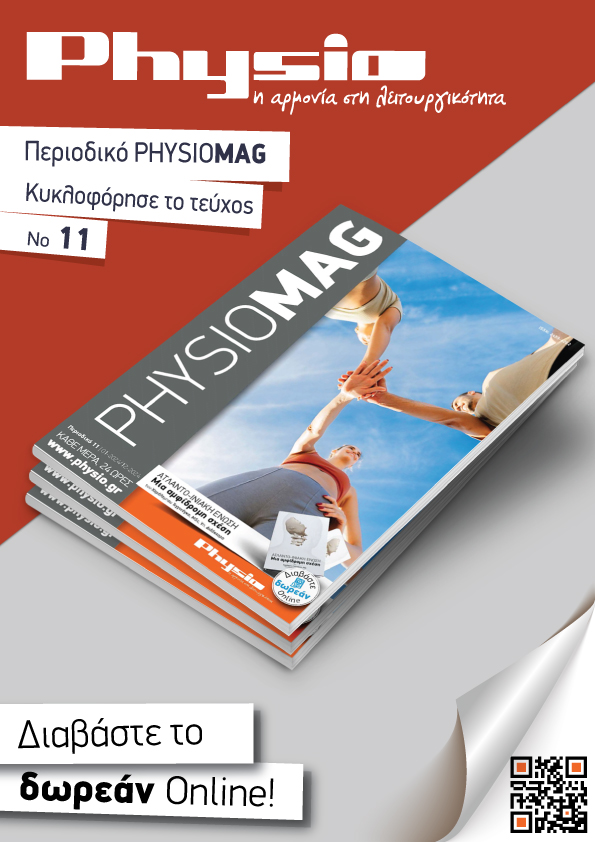Exercise therapy for patellofemoral pain syndrome.
Patellofemoral pain syndrome (PFPS) is a common problem among adolescents and young adults, characterised by retropatellar pain (behind the kneecap) or peripatellar pain (around the kneecap) when ascending or descending stairs, squatting or sitting with flexed knees. Etiology, structures causing the pain and treatment methods are all debated in literature, but consensus has not been reached so far. Exercise therapy to strengthen the quadriceps is often prescribed, though its efficacy is still debated.
Exercise therapy for patellofemoral pain syndrome.
Heintjes E, Berger M, Bierma-Zeinstra S, Bernsen R, Verhaar J, Koes B.

Department of General Practice, Erasmus Medical Centre Rotterdam, Dr. Molewaterplein 50, P.O. Box 1738, Rotterdam, NETHERLANDS, 3000 DR.
OBJECTIVES: This review aims to summarise the evidence of effectiveness of exercise therapy in reducing anterior knee pain and improving knee function in patients with PFPS. SEARCH STRATEGY: We searched the Cochrane Musculoskeletal Injuries Group and Cochrane Rehabilitation and Related Therapies Field specialised registers, the Cochrane Controlled Trials Register, PEDro - The Physiotherapy Evidence Database, MEDLINE, EMBASE, CINAHL, up till December 2001 for controlled trials (randomised or not) comparing exercise therapy with control groups, or comparing different types of exercise therapy. SELECTION CRITERIA: Only trials focusing on exercise therapy in patients with PFPS were considered. Trials in patients with other diagnoses such as tendinitis, Osgood Schlatter syndrome, bursitis, traumatic injuries, osteoarthritis, plica syndrome, Sinding-Larssen-Johansson syndrome and patellar luxations were excluded. DATA
COLLECTION AND ANALYSIS: From 750 publications 12 trials were selected. All included trials studied quadriceps strengthening exercises. Outcome assessments for knee pain and knee function in daily life were used in a best evidence synthesis to summarise evidence for effectiveness. MAIN RESULTS: One high and two low quality studies used a control group not receiving exercise therapy. Significantly greater pain reduction in the exercise groups was found in one high and one low quality study, though at different time points. Only one low quality study reported significantly greater functional improvement with exercise. Five studies compared exercise therapies that could be designated closed kinetic chain exercise (foot in contact with a surface) versus open kinetic chain exercise (foot not in contact with a surface). Two of these studies were of high quality, but no significant differences in improvement of function or reduction of pain were apparent between the types of exercise in any of the studies. The remaining four studies, all of which were of low quality, focused on other treatment comparisons.
REVIEWER'S CONCLUSIONS: The evidence that exercise therapy is more effective in treating PFPS than no exercise was limited with respect to pain reduction, and conflicting with respect to functional improvement. There is strong evidence that open and closed kinetic chain exercise are equally effective. Further research to substantiate the efficacy of exercise treatment compared to a non-exercising control group is needed, and thorough consideration should be given to methodological aspects of study design and reporting.
Στην ίδια κατηγορία
-
ΕΞΑΡΘΡΩΣΗ ΚΝΗΜΟΠΕΡΟΝΙΑΙΑΣ ΑΡΘΡΩΣΗΣ
-
STRESS: Η ΣΙΩΠΗΛΗ ΕΠΙΔΗΜΙΑ ΤΗΣ ΕΠΟΧΗΣ ΜΑΣ
-
ΑΜΜΕΣΗ ΠΡΟΣΒΑΣΗ ΣΤΗ ΦΥΣΙΚΟΘΕΡΑΠΕΙΑ – ΑΣΦΑΛΕΙΑ, ΑΠΟΤΕΛΕΣΜΑΤΙΚΟΤΗΤΑ ΚΑΙ ΘΕΣΜΙΚΕΣ ΠΡΟΫΠΟΘΕΣΕΙΣ
-
Η ΠΑΓΙΔΑ ΤΗΣ ΑΝΑΚΡΙΒΟΥΣ ΑΝΤΙΛΗΨΗΣ ΤΟΥ ΧΡΟΝΙΟΥ ΠΟΝΟΥ
-
MANUAL ALIGNMENT THERAPY: ΜΙΑ ΟΛΙΣΤΙΚΗ ΘΕΡΑΠΕΥΤΙΚΗ ΠΡΟΣΕΓΓΙΣΗ
-
ΙΣΧΙΑΛΓΙΑ: ΣΥΓΧΡΟΝΕΣ ΚΑΤΕΥΘΥΝΤΗΡΙΕΣ ΟΔΗΓΙΕΣ
-
ΔΥΣΚΟΙΛΙΟΤΗΤΑ: Ο ΡΟΛΟΣ ΤΗΣ ΦΥΣΙΚΟΘΕΡΑΠΕΙΑΣ ΣΤΗΝ ΔΙΑΧΕΙΡΗΣΗ
-
ΑΚΡΑΤΕΙΑ ΜΕΤΑ ΤΟΝ ΤΟΚΕΤΟ
-
ΘΕΡΑΠΕΙΑ ΤΟΥ ΔΕΥΤΕΡΟΠΑΘΟΥΣ ΛΕΜΦΟΙΔΗΜΑΤΟΣ ΜΕΤΑ ΑΠΟ ΚΑΡΚΙΝΟ ΤΟΥ ΜΑΣΤΟΥ
-
ΑΥΧΕΝΙΚΟΣ ΠΟΝΟΣ
-
ΣΥΝΔΡΟΜΟ ΘΩΡΑΚΙΚΗΣ ΕΞΟΔΟΥ: ΑΝΑΣΚΟΠΗΣΗ ΤΗΣ ΣΥΓΧΡΟΝΗΣ ΒΙΒΛΙΟΓΡΑΦΙΑΣ
-
ΠΟΙΕΣ ΚΑΤΗΓΟΡΙΕΣ ΑΝΘΡΩΠΩΝ ΕΙΝΑΙ ΕΥΑΛΩΤΕΣ ΣΤΟ STRESS ΚΑΙ ΠΩΣ ΜΠΟΡΟΥΝ ΝΑ ΤΟ ΔΙΑΧΕΙΡΙΣΤΟΥΝ
Τελευταία άρθρα
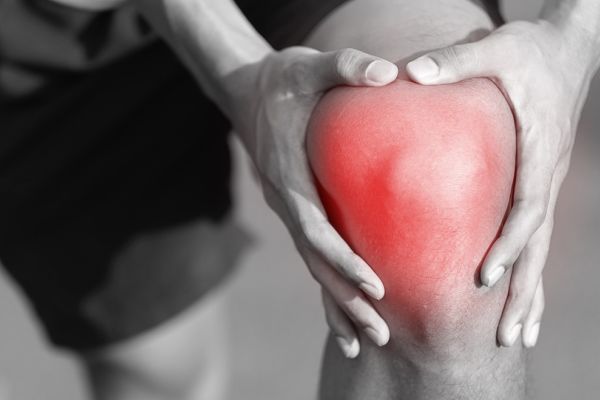
ΕΞΑΡΘΡΩΣΗ ΚΝΗΜΟΠΕΡΟΝΙΑΙΑΣ ΑΡΘΡΩΣΗΣ
Η κνημοπερονιαία εξάρθρωση απαιτεί έγκαιρη διάγνωση και πρόγραμμα εξατομικευμένης αποκατάστασης για την λειτουργική επαναφορά τής άρθρωσης.

STRESS: Η ΣΙΩΠΗΛΗ ΕΠΙΔΗΜΙΑ ΤΗΣ ΕΠΟΧΗΣ ΜΑΣ
Το στρες αναδεικνύεται σε πολύπλευρη απειλή που διαβρώνει υγεία, ισορροπία και ποιότητα ζωής του σύγχρονου ανθρώπου.
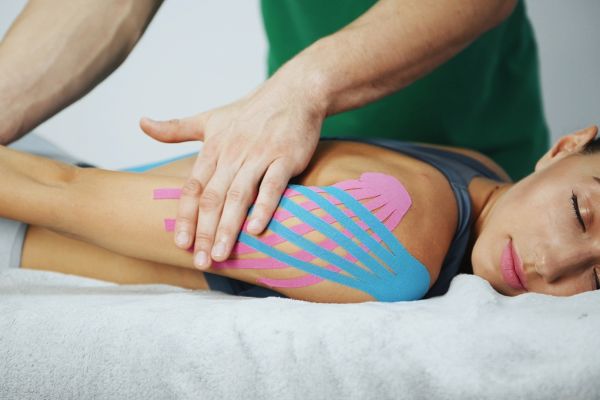
ΑΜΜΕΣΗ ΠΡΟΣΒΑΣΗ ΣΤΗ ΦΥΣΙΚΟΘΕΡΑΠΕΙΑ – ΑΣΦΑΛΕΙΑ, ΑΠΟΤΕΛΕΣΜΑΤΙΚΟΤΗΤΑ ΚΑΙ ΘΕΣΜΙΚΕΣ ΠΡΟΫΠΟΘΕΣΕΙΣ
Η άμεση πρόσβαση στη φυσικοθεραπεία μπορεί να προσφέρει ασφαλή και ιδιαίτερα αποτελεσματική φροντίδα, ενισχύοντας την ποιότητα και την αποδοτικότητα των συστημάτων υγείας, ή εμπεριέχει κινδύνους για τους ασθενείς;

Η ΠΑΓΙΔΑ ΤΗΣ ΑΝΑΚΡΙΒΟΥΣ ΑΝΤΙΛΗΨΗΣ ΤΟΥ ΧΡΟΝΙΟΥ ΠΟΝΟΥ
Ο χρόνιος πόνος δεν αντικατοπτρίζει πάντα βλάβη ιστού, αλλά αφορά μια δυναμική κατάσταση με σύνθετους νευρολογικούς, ψυχολογικούς και κοινωνιολογικούς μηχανισμούς που απαιτούν κατανόηση και ολιστική προσέγγιση.
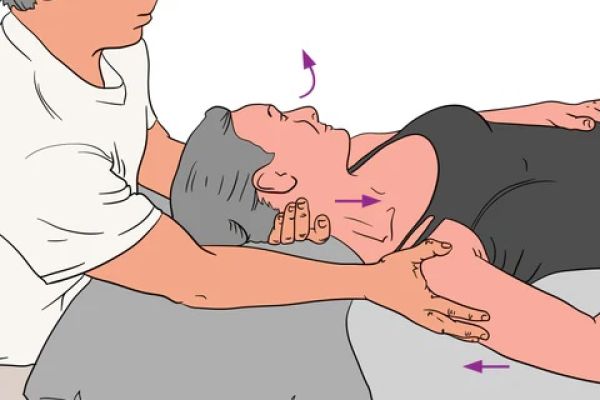
MANUAL ALIGNMENT THERAPY: ΜΙΑ ΟΛΙΣΤΙΚΗ ΘΕΡΑΠΕΥΤΙΚΗ ΠΡΟΣΕΓΓΙΣΗ
Ολιστική μέθοδος που αποκαθιστά τη σωστή ευθυγράμμιση του σώματος, μειώνοντας τον πόνο και βελτιώνοντας τη λειτουργικότητα μέσω χειροθεραπείας και εξατομικευμένων ασκήσεων.

ΙΣΧΙΑΛΓΙΑ: ΣΥΓΧΡΟΝΕΣ ΚΑΤΕΥΘΥΝΤΗΡΙΕΣ ΟΔΗΓΙΕΣ
Η σύγχρονη αντιμετώπιση για την ισχιαλγία δίνει έμφαση στη φυσικοθεραπεία, την ενεργό κινητοποίηση και την εκπαίδευση του ασθενούς για αποτελεσματική αποκατάσταση.

ΑΚΡΑΤΕΙΑ ΜΕΤΑ ΤΟΝ ΤΟΚΕΤΟ
Η ακράτεια μετά τον τοκετό επηρεάζει έως και μία στις τρεις γυναίκες, και συχνά παραμένει αδιάγνωστη λόγω ντροπής ή ελλιπούς ενημέρωσης.
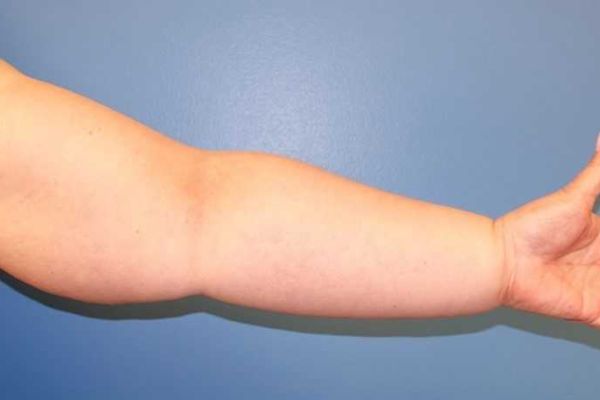
ΘΕΡΑΠΕΙΑ ΤΟΥ ΔΕΥΤΕΡΟΠΑΘΟΥΣ ΛΕΜΦΟΙΔΗΜΑΤΟΣ ΜΕΤΑ ΑΠΟ ΚΑΡΚΙΝΟ ΤΟΥ ΜΑΣΤΟΥ
Το δευτεροπαθές λεμφοίδημα του άνω άκρου αποτελεί μία από τις σημαντικότερες επιπλοκές της θεραπείας του καρκίνου του μαστού, επηρεάζοντας σημαντικά την ποιότητα ζωής των γυναικών.
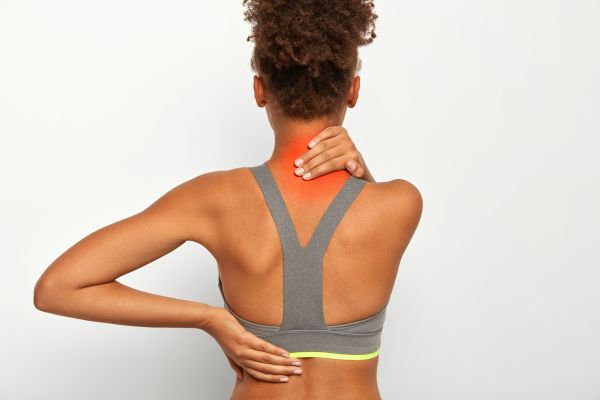
ΑΥΧΕΝΙΚΟΣ ΠΟΝΟΣ
Ο αυχενικός πόνος και το αίσθημα δυσκαμψίας, ή "πιασίματος" στον αυχένα είναι από τις συχνότερες αιτίες αναζήτησης ιατρικής βοήθειας στον σύγχρονο κόσμο.

ΣΥΝΔΡΟΜΟ ΘΩΡΑΚΙΚΗΣ ΕΞΟΔΟΥ: ΑΝΑΣΚΟΠΗΣΗ ΤΗΣ ΣΥΓΧΡΟΝΗΣ ΒΙΒΛΙΟΓΡΑΦΙΑΣ
Το Σύνδρομο Θωρακικής Εξόδου συνιστά μια ετερογενή και αμφιλεγόμενη νοσολογική οντότητα με σημαντικές επιπτώσεις στην καθημερινή λειτουργία και δραστηριότητα του ατόμου.
